|
Get Moving Before Xmas
Many people make a house move before Xmas as a result of selling or renting a house in order to move to a new suburb for many reasons. High on that list is moving to shift closer to schools and work. The idea of having it all sorted before Xmas is a very attractive one, though it comes with a lot of planning and patience at this time of the year By booking Removalists Joondalup as early as possible to ensure we can allocate the time you require is a great start. Many removal companies aren't that reliable when it comes to keeping times but Removalists Joondalup take booking times very seriously as there is a lot that needs to be coordinated and a change in time can have an enormous effect on. Be prepare in advance to make sure you have a booking on the day you need and the packing is safely done and preferably in uniformed size boxes and labelled. We take the time to pack properly to avoid breakages and label in detail to help you unpacking. If you are running out of time to pack, ask us about our packing services, we're very good at it as you would expect.
0 Comments
Hyundai Mighty Pantech
We have reviewed the specifications and details of the Hyundai range EX4 as a contender for our next upgrade for our house removal business (Removalists Joondalup). The Pantech factory built body means the Hyundai Mighty Truck body meets Hyundai's stringent quality control. What this means to us is to have a Pantech Truck that is ready to work for Removalists Joondalup straight out of the dealership yard and should we end up going with the Hyundai Mighty Removal Truck, it will help build our business, moving house for you.. Truck reviews highlight the smartly designed exterior to the wide, spacious cabin and sturdily built chassis, Where we see the ability for growth is through the use of the 4.5t GVM with a Car License. This will allow either of our removalists with our 2 men and a truck option to drive with a standard car licence removing the need for a licenced truck driver. The Mighty appears to have been engineered to be the best-in-class. Every detail reflects Hyundai’s commitment to innovation and quality. No matter what size the the job, with the new EX4 our teams will be efficient and comfort to get the job done for you. We'll keep you updated. 1: As a general rule when a remover packs, what is able to fit into a box they will put into a box.
2: Lampshades are always best taken off their bases and packed into a box on their own, or with like sized shades. 3: Make sure the items in the box are not too big or tall for the box; if so use a bigger box. 4: Fill boxes to the top, either with scrunched up paper with a box of china, or cushions, linen etc with a non- fragile box. This will help prevent a box from collapsing. 5: Label boxes with a brief description and the room you wish the box to be placed in your new home. 6: Heavy items should be placed in small boxes and lighter items go in larger boxes. 7: Use a good quality purpose build removal box, this saves time and costs in the long run. Before You Pack Have the boxes and other gear like packing tape, newsprint, and bubble wrap in your house way ahead of packing and moving so your dog can get used to them. Associate them with play and treats so that your dog develops positive rather than negative feelings towards them. Boxes can easily be damaged by dogs, and dogs can easily be damaged by bubble wrap, so don’t let them be together unattended. While You can set aside a little time for your dog despite the mayhem in your life. If you can make a lot of time to take your dog out for walks, classes, or for playtime, so much the better, but even a little goes a long way. If you are swamped by all the packing and other torturous parts of moving with a dog and your schedule is disrupted, that’s understandable. Still, it’s important not to make the mistake of thinking that since you don’t have time for a 45-minute walk, no walk is possible. Even 10 minutes of getting out of the house to walk or 5 minutes of fetch in the yard is a way to be kind to your dog, and to yourself. Everybody needs breaks for a little fun! Hopefully, this rough patch will be brief, and after the move you can return to a routine that involves the usual amount of time devoted to your dog. Keep your pet away from the actual packing as much as possible. Watching everything in the house be shuffled and packed is inherently unsettling for most dogs. The less they see this going on, the better. Sometimes being out for a walk with another family member may be an option that allows you to pack without stressing out your dog. If it’s possible, have your dog at a friend’s house so he’s away from the packing nightmare entirely. Now is a great time to ask, “Can you watch my dog tomorrow evening?” or “Are you able to walk my dog some morning?” Many people will be so relieved that they can be of service without having to lift a heavy sleeper sofa that you are likely to get the assistance you need with a smile. How To Help A Dog Adjust To A New Home Keep Old Routines All of the changes associated with moves are inherently stressful, so do what you can to keep some things the same for your dog. If you can maintain the same general routine as before, that is helpful to dogs. So, if your dog is used to getting up, going into the yard, eating breakfast and then going on a walk, try to follow that same pattern in the new place. If you have to change things up because of a new job or other commitments, try to keep as much of the old routine in place as possible for at least a couple of weeks. Once your dog has settled in, additional changes will be easier to handle. Don’t Buy New Gear Right Now It is natural to want to buy new stuff when you move to a new place. For your dog’s sake, confine those urges to your own gear—towels, furniture, rubbish bins etc.—and leave his stuff alone for at least a few weeks until he is used to the place. Yes, I know it’s discouraging to bring a nasty, fur-covered old dog bed and water bowls with dings in them into your new home, but those things are comforting to your dog, so don’t take them away. If your urge to buy new things for your dog is overwhelming, indulge it with new toys or things to chew on, but resist the temptation to replace his regular gear for now. Lots Of Loving Giving your dog lots of attention and spending time with him playing, walking and just being together sounds simple. After all, that’s what you normally do, right? The problem is that when you move, you can become overwhelmed with so many details to attend to and all the work that has to be done. Of course, you never think you are someone who would ignore your dog or skip his walk, but a move can make anything possible. It’s unrealistic to think that you will be able to do as much for your dog as you could if you weren’t moving, but commit to spending quality time with him every day and that will help him out a lot. Treats And More Treats Leave treats and stuffed food tools when you depart. Even dogs who have been perfectly comfortable for years being left alone when you leave may struggle in a new home. Most dogs are extremely place sensitive and need to learn to be okay when left alone at the new house. Try to wait as long as you can before leaving your dog alone at the new house, even if that means awkwardly taking him everywhere for a few days or so. If you’re moving with other family members, one option is to take turns staying home with him for those first few days so that at least one of you is always with him. When you do have to leave him, start with short departures if you can. Always leave your dog with something he loves such as a Kong stuffed with treats or something new (and safe even without supervision!) to chew on. If he has his usual dog bed, crate or blanket that he knows from the old house, these may comfort him. Floor Time Spend time on the floor with your dog. One of the things that helps dogs to feel at home someplace new is familiar smells. You can add those familiar smells to your house faster by spending time on the floor with your dog. Being on the floor together also adds to the time you spend giving him the loving that he needs during this stressful time. Be Patient This may be the most obvious advice of all, but being patient and letting dogs adjust at their own speed is wise. Some dogs will be perfectly comfortable within a few days, many take a few weeks to settle in and some dogs can take months or more to feel at home in a new place. No matter how long it takes your dog to adjust, your patience is more likely to speed things up than impatience ever could. courtesy of thebark.com We've compiled a list of tips for you to consider when you move next.
• Use the right size boxes as it makes it much easier and safer to load the truck. We can help you with packing boxes if you require them. • Place heavier things such as books in smaller boxes together with the lighter things such as linen and pillows in bigger boxes. This helps use all available packing space, balances the box weight, and make it much easier to move around. • Do not leave space in the boxes, use linen or sheets to fill voids. • It helps to pack each room in boxes that belong to that room and mark the room on the box, such as “Bedroom 1”. This makes it so much easier when unloading and unpacking. • Make sure you tape your boxes well. Tape to close the bottom and top seams and then make some tape wraps all the way around the box’s top and bottom edges to strengthen and secure the box. • When moving pictures framed behind glass, its best to tape an X with masking tape across the glass to strengthen it and to hold it together. It is then best to wrap the pictures in bubble wrap and put them in a suitable box. For additional protections, place a cardboard between each framed piece for protection. • When packing your crockery (plate, bowls etc), place a packing paper around each one, then wrap together with more paper. Always pack plates and dishes on their sides, never flat, then use extra paper to further pad out the box. • Ideally you should wrap TV’s and computing equipment in quilted furniture pads. We have all the correct packing material to ensure your fragile equipment is well protected during the move. The Reserve Bank of Australia (RBA) has cut the official cash rate to 1.25 per cent, following its monetary policy board meeting.
There 's more than 100 mortgage providers in Australia, so if your lender doesn’t pass on the full cut, cut them says Scott Grainger of Cashbox Finance an independent leading Mortgage Broker in WA. Scott and his team will shop it around for you, because there’s a good chance they'll find a lender offering a better home loan at a lower interest rate. Many lenders are also offering cashback incentives to refinancers.y policy board meeting. There 's more than 100 mortgage providers in Australia, so if your lender doesn’t pass on the full cut, cut them says Scott Grainger of Cashbox Finance an independent leading Mortgage Broker in WA. Scott and his team will shop it around for you, because there’s a good chance they'll find a lender offering a better home loan at a lower interest rate. Many lenders are also offering cashback incentives to refinancers. In April of this year, the RBA broke the former record of 17 consecutive meetings of unchanged interest rates (set in 1995–1996) when it kept the cash rate on hold for the 18th time. This record has been broken every month since, with the June decision maintaining Australia’s official cash rate at 1.50 per cent for the 20th consecutive time (or 22nd consecutive month, seeing as there is no cash rate announcement in January)
We know from experience, when rates are low, Lenders lend more money and people buy & sell homes. We're ready to move you when you are, just call for a booking. |
Archives
November 2022
Categories |

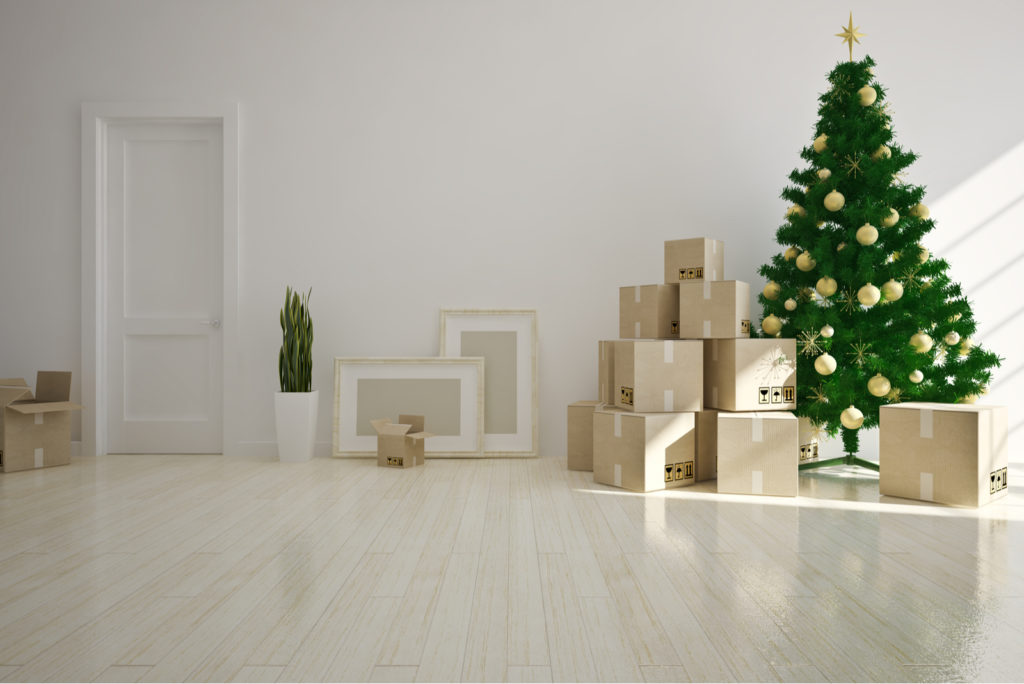
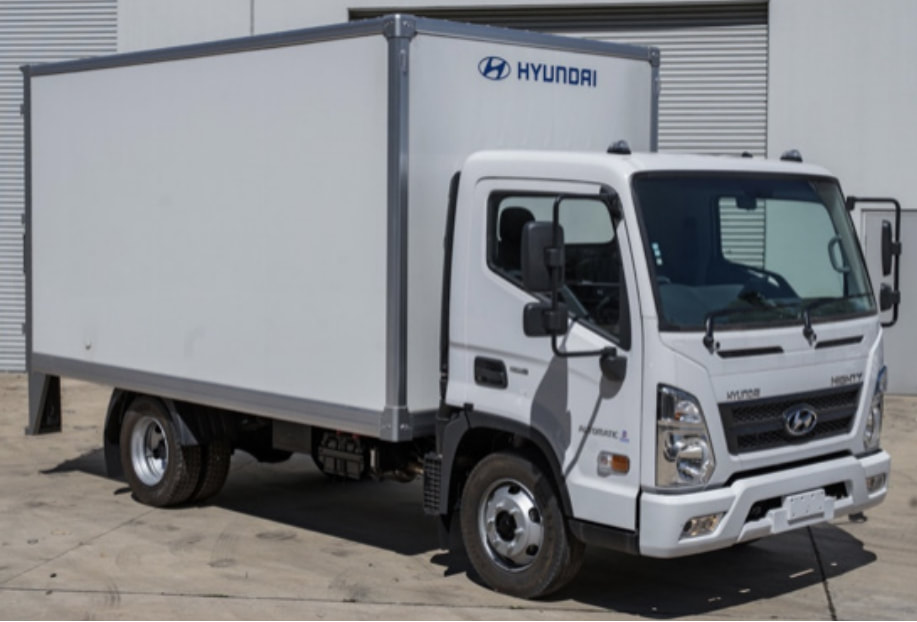
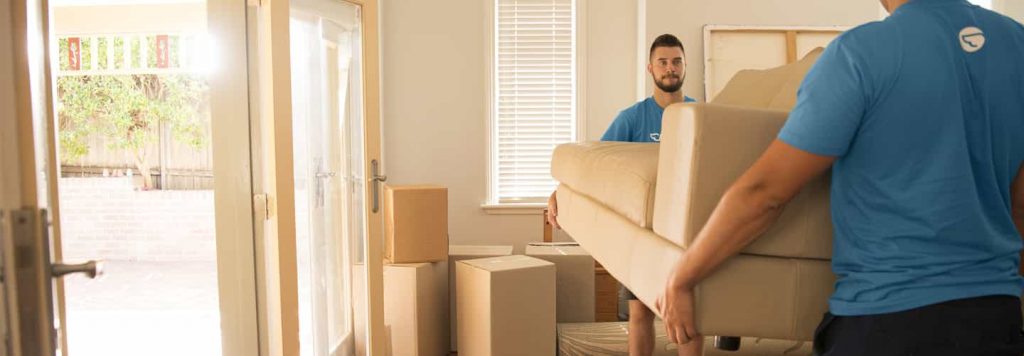
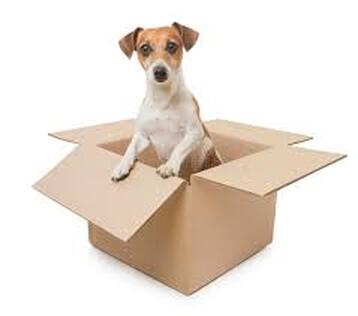
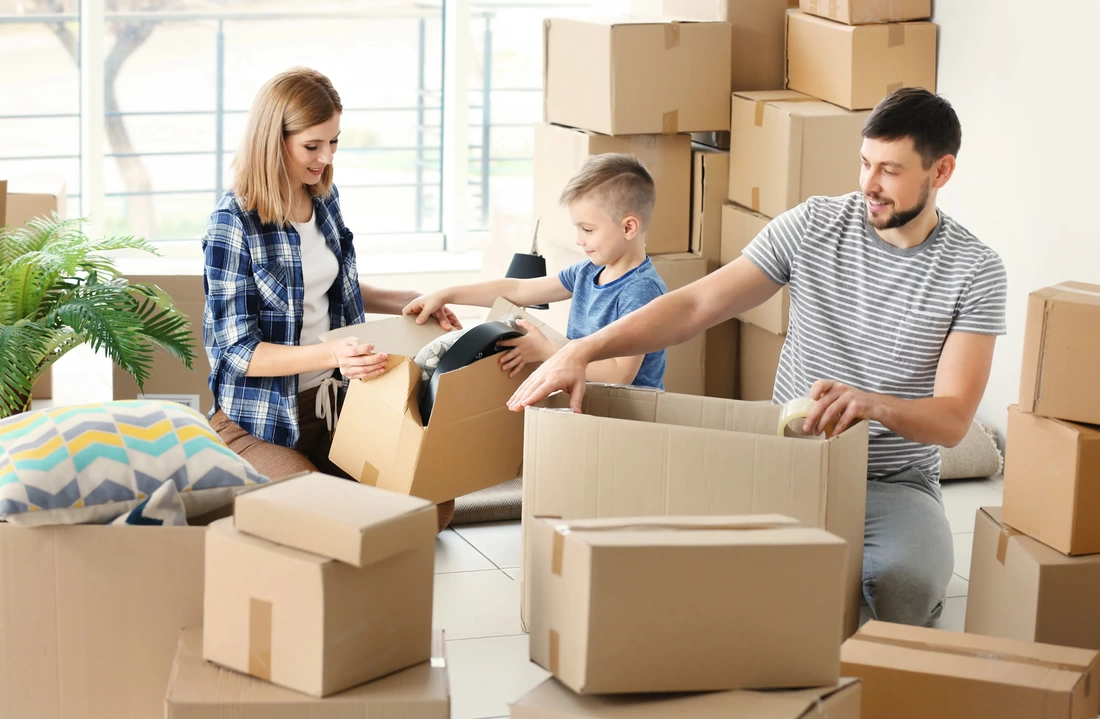
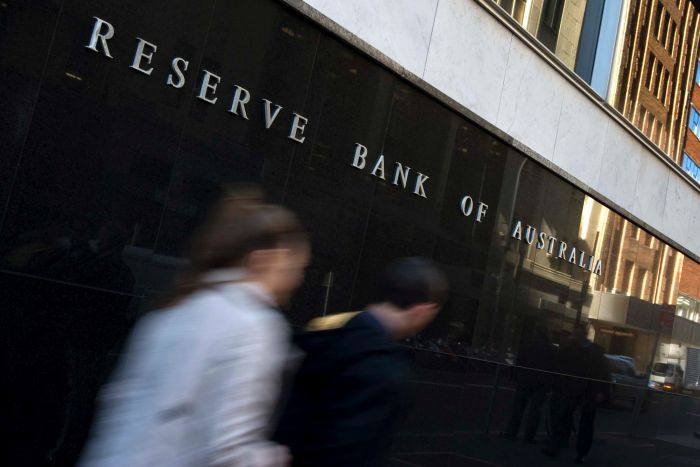
 RSS Feed
RSS Feed